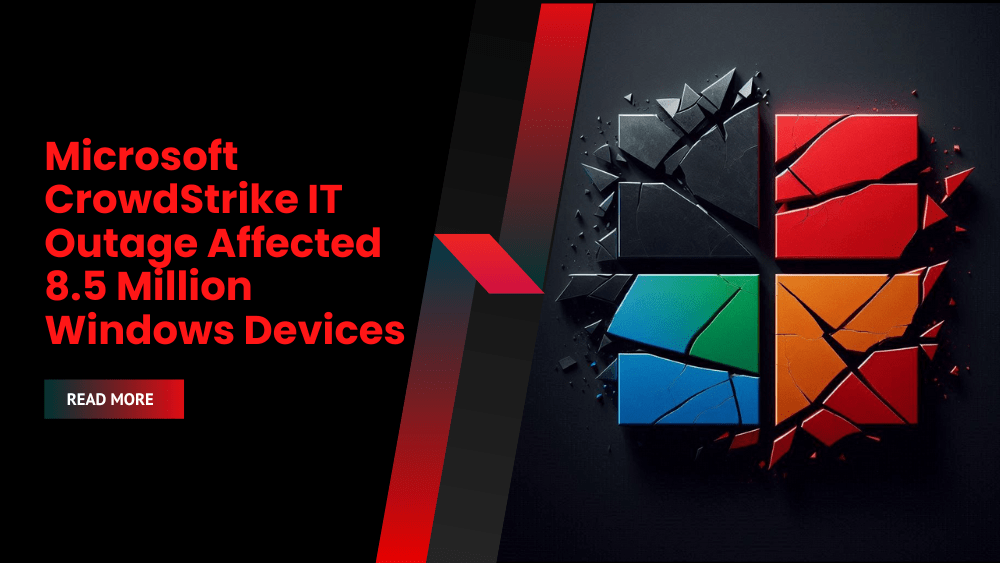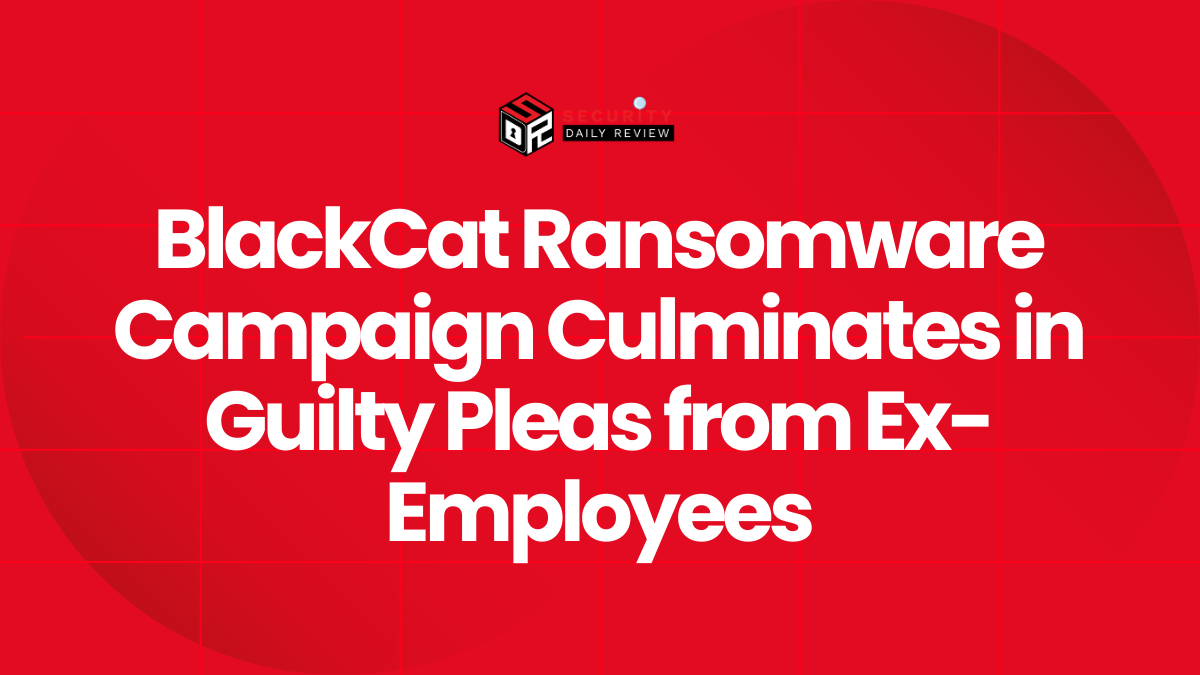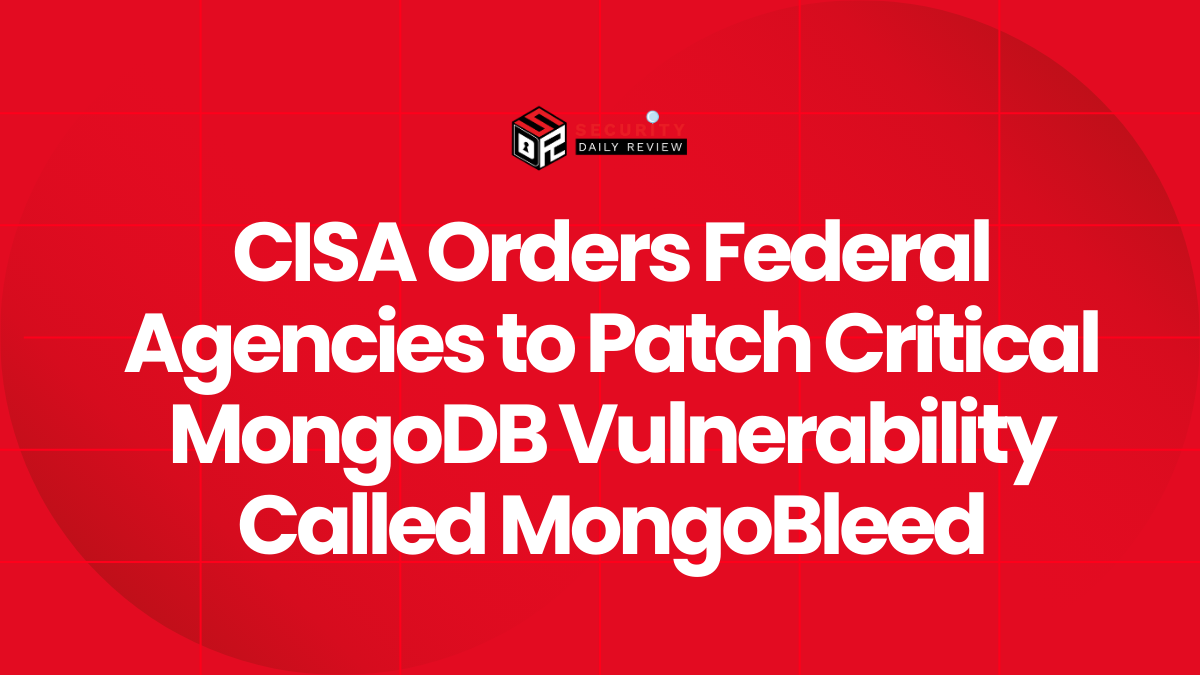CrowdStrike Update Caused Widespread Disruption Globally
Microsoft has revealed that the global IT outage last week that caused significant disruptions to businesses and organizations worldwide was caused by a corrupted software update issued by cybersecurity firm CrowdStrike. The tech giant estimates that the faulty CrowdStrike update ended up disabling around 8.5 million Windows devices across the world.
This would make it one of the largest cyber incidents in history based on impact. The previous largest incident was the WannaCry ransomware attack of 2017 that impacted around 300,000 computers.
According to David Weston, Vice President at Microsoft, while 8.5 million devices may seem like a small percentage of the total Windows installed base worldwide, “the broad economic and societal impacts reflect the use of CrowdStrike by enterprises that run many critical services.”
Quality Checks Could Have Prevented Massive Outage
Microsoft further stated that CrowdStrike has strong telemetry capabilities from many endpoints that connect over the internet, allowing it to analyze the scope and severity of the outage accurately.
The company pointed out that this was an internal issue confined to CrowdStrike and not related to any Microsoft software flaws. However, it stressed on the importance of vendors like CrowdStrike implementing rigorous quality control checks on software updates before wide release “to prioritize operating with safe deployment and disaster recovery mechanisms.”
Opportunistic Cyber Attacks Attempted Amid Confusion
Cybersecurity agencies worldwide have warned of opportunistic hacker attempts aiming to exploit the uncertainty and chaos caused by the outage. The UK and Australian cyber agencies have advised people to be wary of fake emails, calls and websites pretending to be official recovery portals.
George Kurtz, CEO of CrowdStrike, also urged users to ensure they are only downloading fixes from authentic company representatives. Researchers at Secureworks found a sharp increase in new CrowdStrike-themed domains seemingly setup to distribute malware under the guise of helping users.
Agencies continue advising IT teams and individuals to only trust official communication channels for restoration assistance and avoid malicious actors seeing this as a chance to compromise more systems. Air travel and other sectors are still grappling with lingering delays as their operations were also reliant on timely resolution of the massive technical glitch last week.
In Summary
The unintended global IT nightmare shed light on the profound interconnectivity across industries and nations today. While the root cause was isolated to a single software vendor, the cascading failures unveiled vulnerabilities that could be further strengthened. Ongoing recovery and improved coordination to thwart opportunistic threats post-such events will be crucial to build resilience.









